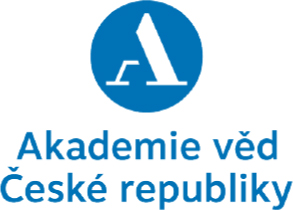Undoubtedly, the culture of cooking is one of the elements of human culture. Traditional cuisine differs from region to region. In the past, the use of individual ingredients was closely linked not only to climatic conditions and their gradual changes, but also to human activities – development of trade (overseas travels), discoveries of new cooking technologies (closing of the fireplace).
Cooking skills have traditionally passed from the mother onto the daughter.
They were also reinforced by folk customs, preparation of meals at weddings, and important Christian festivities (Christmas, Lent, Easter). Each region has its specific cuisine. Similar meals in individual countries, and even villages, have different names although their preparation is the same. Each region also adds its own specific features to its meals (mushrooms in and below the mountains, corn (turkyňa) in Southern Moravia).
Today, however, we are confronted with new methods of acquiring and transferring of cooking skills. Recipes are published in newspapers and magazines, cooking is on TV. People often taste meals from foreign countries, and various world cuisines gain on popularity. Monitoring nutritious values of dishes and weight reduction through food income have become an integral part of the current trends. Recent emergence of new recipes has been influenced by various diet and dietology prescriptions.
Expert knowledge about this area in the Czech Republic comes from questionnaire investigations from the first half of 1940s. A number of ethnological studies of researchers and students, aimed at analysing certain attractive regions of the Czech Republic are another source of information. However, no national representative investigation has been performed so far.
The presented results from an investigation conducted by the Public Opinion Research Centre (Centrum pro výzkum veřejného mínění – CVVM) between 19 and 26 May 2003 as part of the Our Society 2003 (Naše společnost 2003) project try to map the basics of the area. The survey was conducted on a representative sample of the population of the Czech Republic over 15 years, and 1,048 respondents participated in the survey. Readers will be presented with two groups of topics. The first covers the issue of respect for traditions and cooking of traditional dishes in our households. It investigates what dishes we classify as belonging to traditional Czech cuisine, monitors familiarity with regional dishes, familiarity with traditional ingredients, and assesses the traditional Czech cuisine from several aspects.
The second group of issues is related to transfer of cooking skills, and it involves the following question blocks: eating habits of the Czechs, frequency of cooking in homes, ability to cook without recipes, using recipes from various sources (cookbooks, written recipe-books, recipe sharing between friends and acquaintances, recipes from newspapers and magazines), and using various technologies for preparation of dishes.



